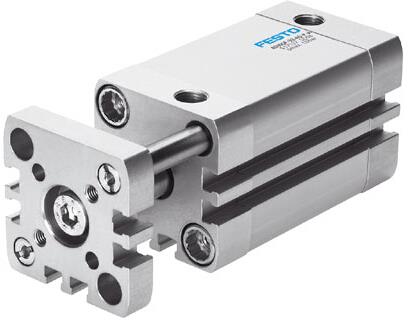
How to correctly select the external buffer of the buffer cylinder?
The role of external buffer:
The rapidly moving cylinder piston rod will produce a large impact force at the end of the stroke. When the buffering capacity inside the cylinder is insufficient, an external hydraulic buffer should be installed. Used to absorb impact energy and reduce mechanical impact noise.
Types of external buffers:
Porous hydraulic buffer, adjustable single-hole hydraulic buffer, self-adjusting hydraulic buffer.
How external buffers work:
When the hydraulic buffer is subject to collision pressure, the kinetic energy is transferred to the piston through the plug head and acceleration spring, causing it to move to the right. It turns out that the working chamber of the buffer is equipped with a return spring, ejector pin and oil. When the moving object hits the end of the piston rod, the piston moves to the right. Due to the throttling effect of the small hole on the inner cylinder, when the oil passes through the annular throttle hole, a vortex will be formed due to the sudden reduction in the active cross-sectional area, causing the particles in the liquid to pull and rub against each other, converting kinetic energy into heat and dissipating it. fell out, thus consuming the cylinder< /strong>The kinetic energy causes the cylinder to stop slowly.
How to correctly choose a suitable external buffer for a buffer cylinder:
1. It is necessary to calculate the absorbed energy of the hydraulic buffer according to the impact mode of the load
2. Calculate the equivalent mass of the impact object. The equivalent mass is the equivalent mass when all the energy of the impact object is converted into kinetic energy.
3. According to the speed and equivalent mass of the impact object, check the component selection chart to select the appropriate hydraulic buffer.
4. Confirm that the absorption stroke, impact speed, frequency of use, temperature range, and maximum allowable thrust are all within the performance range of the selected hydraulic buffer.
The above isThe function and classification of the external buffer of the buffer cylinder, Selection and working principleContent introduction, if you want to know more related information, please log in to Sunway Pneumaticwww.diancifa.ccView.






 WhatsApp: +8615857777578
WhatsApp: +8615857777578